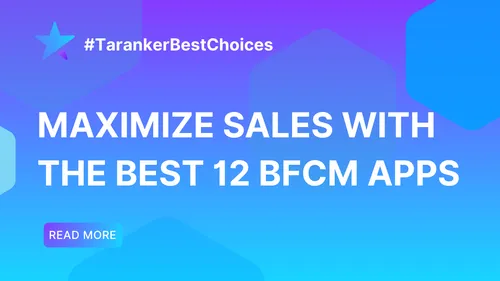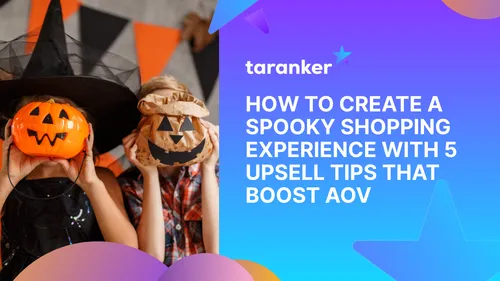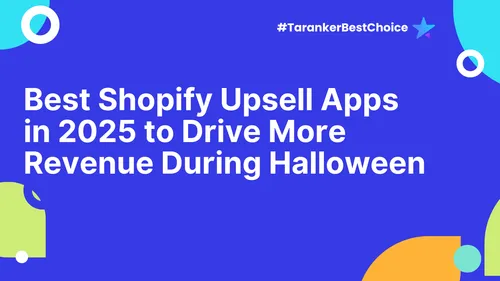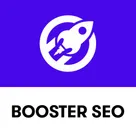In today’s competitive landscape, content marketing is essential for brand growth. However, creating content is only half the battle—strategy is what sets brands apart. An effective content marketing strategy helps build authority, drive organic traffic, and foster customer engagement. By understanding your audience, delivering value through storytelling, and utilizing SEO, your content can transform how your brand connects with potential customers. In this guide, we’ll explore actionable content marketing strategies that can boost your brand’s visibility and impact.
If you're new to marketing or exploring additional approaches, learn more about What is Affiliate Marketing to see how it complements your content marketing efforts.
1. Understand Your Audience

Before developing any content, you must clearly understand who you're targeting. Define your buyer personas—the semi-fictional representations of your ideal customers. This includes knowing their demographics, pain points, and what solutions they’re searching for. The more you know about your audience, the easier it is to create content that resonates with them.
Action Steps:
-
Conduct surveys or interviews to gather insights into your target market’s needs.
-
Use tools like Google Analytics and Facebook Insights to analyze your current audience.
2. Develop a Content Calendar

Consistency is key in content marketing. A content calendar allows you to plan, organize, and execute your content strategy effectively. Whether it’s blog posts, social media updates, videos, or newsletters, having a schedule ensures that you publish regularly and remain top of mind with your audience.
Action Steps:
-
Use tools like Jotform Boards, Trello or Google Sheets to create your calendar.
-
Plan content around major events, holidays, and seasonal trends that are relevant to your industry.
3. Create Value-Driven Content

Content that provides value, educates, or solves a problem will always perform better than promotional or sales-heavy content. When you provide valuable insights through how-to guides, case studies, or industry reports, you position your brand as an expert in the field.
Action Steps:
-
Write content that addresses common customer pain points.
-
Develop pillar content—in-depth articles that serve as the foundation for more focused content like blogs or social media posts.
4. Leverage SEO to Drive Traffic

Search engine optimization (SEO) is crucial for ensuring your content is discoverable by search engines like Google. Focus on keyword research, on-page optimization, and backlinking strategies to increase organic traffic.
Action Steps:
-
Use tools like Ahrefs or Ubersuggest for keyword research.
-
Optimize headlines, meta descriptions, and alt text for SEO.
5. Use Storytelling to Engage Your Audience

People love stories, and brands that can tell compelling stories often see better engagement. Whether it’s showcasing how your brand started or highlighting customer success stories, storytelling adds an emotional connection that helps build brand loyalty.
Action Steps:
-
Share behind-the-scenes content about your brand’s journey.
-
Use video content to narrate customer testimonials or product benefits.
6. Diversify Your Content Formats

Different audiences prefer different types of content. While blog posts may work well for some, others might respond better to videos, infographics, or podcasts. Diversifying your content ensures that you reach a broader audience and engage them in multiple ways.
Action Steps:
-
Repurpose a popular blog post into a video or infographic.
-
Experiment with podcasts or webinars to reach different segments of your audience.
7. Collaborate with Influencers or Industry Experts

Collaborating with influencers or industry experts helps expand your reach and adds credibility to your content. Influencers already have established audiences that trust their opinions, making influencer marketing an effective tool for brand awareness and credibility.
Action Steps:
-
Identify influencers or bloggers within your industry who align with your brand’s values.
-
Create content collaborations like guest blog posts, joint webinars, or social media takeovers.
8. Utilize Social Media for Amplification

Social media is a powerful tool for distributing content and driving engagement. By sharing your content across platforms like Instagram, LinkedIn, Twitter, and Facebook, you can expand your reach and interact directly with your audience.
Learn how to make the most of social platforms by exploring Social Media Marketing: How to Create Effective Campaigns on Facebook and Instagram.
Action Steps:
-
Post regularly on platforms where your target audience is most active.
-
Use paid social media campaigns to boost high-performing content for greater reach.
9. Measure Performance and Adjust Strategy

Content marketing is an ongoing process that requires constant refinement. Track key performance indicators (KPIs) such as website traffic, social shares, and conversion rates to determine what’s working and what’s not.
Action Steps:
-
Use Google Analytics and HubSpot to measure your content’s performance.
-
Regularly adjust your strategy based on data and feedback.
Conclusion
A successful content marketing strategy involves more than just creating content—it’s about delivering value, engaging your audience, and optimizing for discoverability. By understanding your target audience, leveraging SEO, and utilizing various content formats, you can build a strong brand presence and drive meaningful growth. Start implementing these strategies today to see long-term success in your content marketing efforts.













